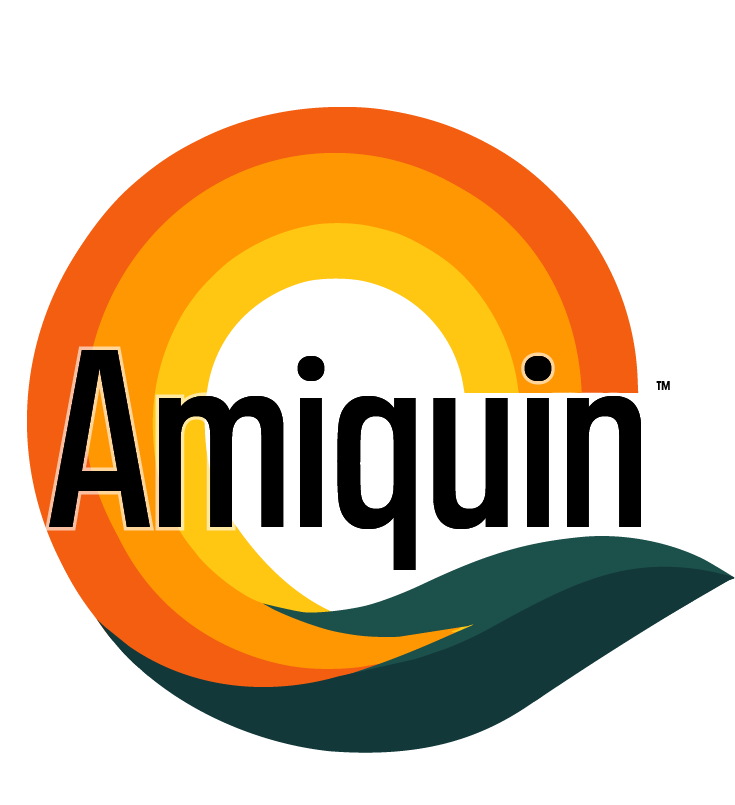The Amiquip
Answer Hub
Learn about the active ingredients
in Amiqup™
References
- Misra HS, Rajpurohit YS, Khairnar NP. Pyrroloquinoline-quinone and its versatile roles in biological processes. J Biosci. 2012;37(2):313-25.
- Akagawa M, Nakano M, Ikemoto K. Recent progress in studies on the health benefits of pyrroloquinoline quinone. Biosci Biotechnol Biochem. 2016;80(1):13-22.
- Zhang Q, Ding Y, Guo L, et al. Pyrroloquinoline quinone stimulates mitochondrial biogenesis through AMPK/PGC-1α signaling pathway in obesity models. Front Mol Biosci. 2023;10:1200025.
- Zhang L, Li S, Zhang Y, et al. Pyrroloquinoline quinone promotes mitochondrial biogenesis and reduces oxidative stress via SIRT1/3 and CREB pathways. Int J Mol Sci. 2023;26(14):6938.
- Chowanadisai W, Bauerly KA, Tchaparian E, et al. Pyrroloquinoline quinone stimulates mitochondrial biogenesis in murine cells. FASEB J. 2010;24(6):2405-15.
- Keppel Hesselink JM, de Boer T, Witkamp RF. Palmitoylethanolamide: a natural body-own... Br J Clin Pharmacol. 2013;75(5):1113-23.
- Petrosino S, Iuvone T, Di Marzo V. N-palmitoylethanolamine: Biochemistry and new therapeutic opportunities. Biochimie. 2010;92(6):724-7.
- Lanza M, Durando L, Aranzulla T, et al. Palmitoylethanolamide (PEA) in veterinary medicine: research update and clinical applications. Animals (Basel). 2021;11(4):952.
- Cerrato S, Brazis P, Della Valle MF, Miolo A, Petrosino S, Di Marzo V, et al. Topical palmitoylethanolamide and quercetin for the treatment of canine... BMC Vet Res. 2012;8:23.
- Di Cerbo A, Palmieri B, Iannitti T. Evaluation of the efficacy and safety of palmitoylethanolamide combination in managing pain in dogs: An open-label clinical trial. Vet Sci Res. 2024; (in press).

